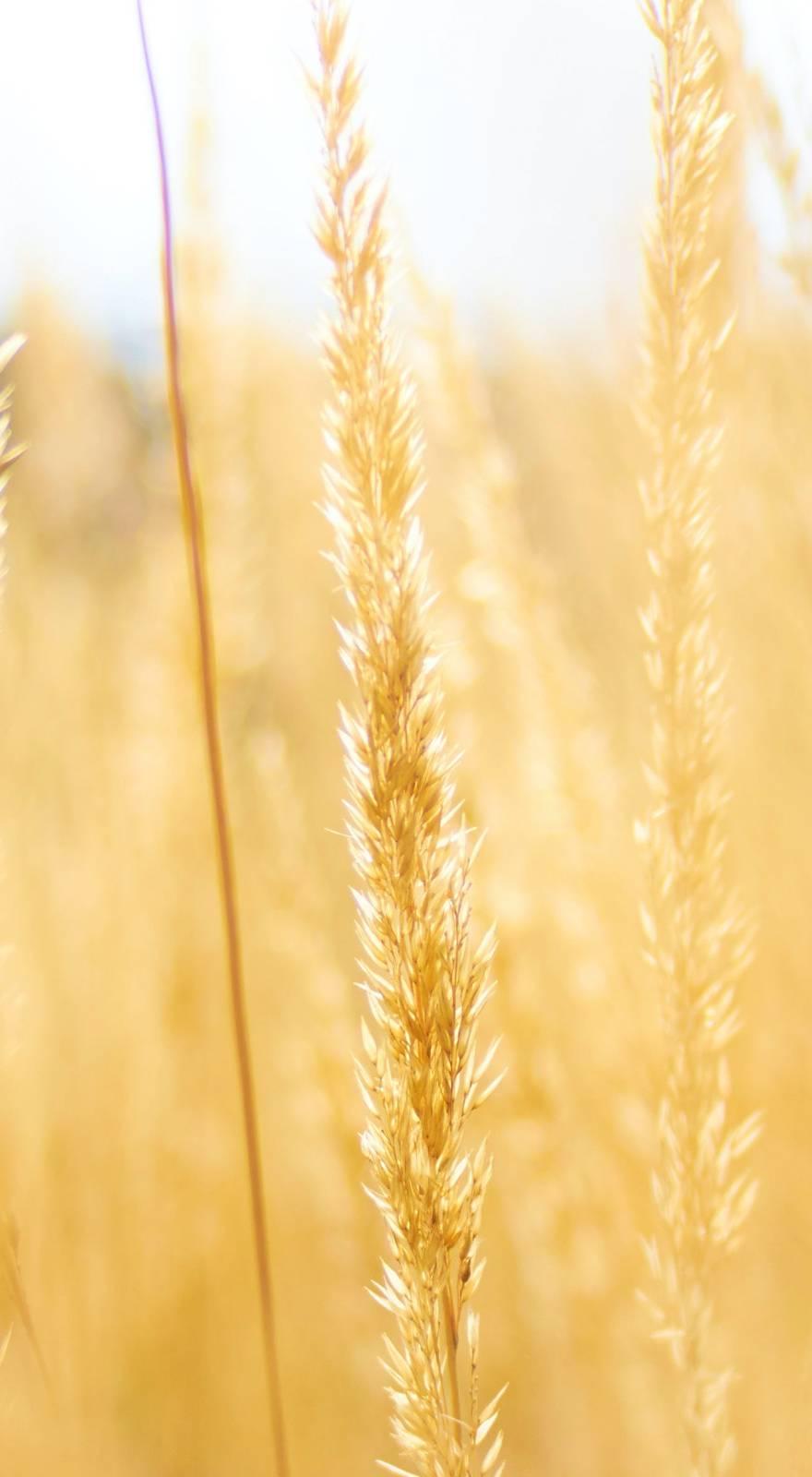Knowde Enhanced TDS
Identification & Functionality
- Animal Feed & Nutrition Functions
- Ingredients
- Yeast Beta Glucans
- Technologies
- Product Families
Features & Benefits
- Animal Feed & Nutrition Features
- Product Highlights
Research indicates that beta-glucan is very effective at activating white blood cells known as macrophages and neutrophils, both of which provide the immune system's first lines of defense against foreign material in the body. A beta-glucan-activated macrophage or neutrophil can recognize and kill tumor cells, remove cellular debris resulting from oxidative damage, speed up recovery of damaged tissue, and further activate other components of the immune system.
- Evidence Of Benefits In Animals
The presence of a particulate activator can rapidly initiate assembly and amplification of a host defense system involving humoral and cellular interactions with Bglucans. Animals pretreated with purified glucan particles are subsequently more resistant to bacterial, viral, fungal, and protozoan challenge, reject antigenically incompatible grafts more rapidly and produce higher titers of serum antibodies to specific antigens. Administration of glucan particles stimulates proliferation of macrophages and increases in phagocytic and secretory activities of macrophages. A cascade of interactions and reactions initiated by macrophage regulatory factors can be envisioned to occur and to eventuate in conversion of the glucan-treated host to an arsenal of defense.
- Advantages of Dinaferm Plus
Glucan enhances the immune response through stimulation of macrophages by increasing their number, size, and function, stimulates secretion of lysozyme and TNF by activated macrophages, increases the phagocytosis of antigens, activates the formation of granulocyte and monocyte colonies, and factors increased activity of T and B lymphocytes, as well as complement activation. The presence of a particulate activator can rapidly initiate assembly and amplification of a host defense system involving humoral and cellular interactions with B-glucans. Animals pretreated with purified glucan particles are subsequently more resistant to bacterial, viral, fungal, and protozoan challenge, reject antigenically incompatible grafts more rapidly and produce higher titers of serum antibodies to specific antigens.
Applications & Uses
- Markets
- Applications
- Applications
Animal Feeds
Birds, cattle, rabbits, horses pets and sheep.
Efficacy
Effective for the enhancement of the immune system.
Dose
Use at the rate of 500 grams per ton of feed.
Technical Details & Test Data
- Possible Comparative Total Binding Percentages
Possible comparative total binding percentages of certain mycotoxins bythe addition of a Dinaferm Plus compared to other binding agents.
AFLATOXIN PINAFERM PLUS 100% MYCOTOXIN BINDER 1 0.95% MYCOTOXIN BINDER 2 1.43% MYCOTOXIN BINDER 3 28.60% MYCOTOXIN BINDER 4 0.95% MYCOTOXIN BINDER 5 8.60% T2-TOXIN DINAFERM PLUS 100% MYCOTOXIN BINDER 1 52.25 % MYCOTOXIN BINDER 2 45.40 % MYCOTOXIN BINDER 3 59.90 % MYCOTOXIN BINDER 4 60.36 % MYCOTOXIN BINDER 5 0.45% ZEARALENONE E
DINAFERM PLUS 100% MYCOTOXIN BINDER 1 61.40 % MYCOTOXIN BINDER 2 58.60 % MYCOTOXIN BINDER 3 33.50 % MYCOTOXIN BINDER 4 96.60 % MYCOTOXIN BINDER 5 5.58% A study was conducted to evaluate lignin and mannan oligosaccharides as potential alternatives to antibiotic growth promoters in broilers. Dietary treatments included an antibiotic-free diet (CTL-), a positive control (CTL+, 11 mg/kg of virginiamycin), and an antibiotic-free diet containing Mos (MOS, 0.2% to 21 d and 0.1% thereafter) or lignin at 1.25% (LL) or 2.5% (HL) of the diet. Each treatment was randomly assigned to 4 floor pen replicates (40 birds each). Body weight and feed conversion were recorded weekly throughout 42 d. Jejunum histology was analyzed at d 14, 28, and 42. At d 28 and 42, cecal contents were assayed for Escherichia coli, Salmonella, lactobacilli, and bifidobacteria, and the litter was analyzed for E. coli and Salmonella. Birds fed the CTL- diet were heavier (P<0.05) than those fed the other dietary treatments, but feed conversion was not affected by dietary treatments. Birds fed MOS and LL had increased jejunum villi height and a higher number of goblet cells per villus (P<0.05) when compared with those fed the CTL+ diet. At d 42, birds fed or HL had greater lactobacilli numbers than those fed the CTL+ diet. Compared with the CTL+ diet, the MOS diet increased the populations of bifidobacteria (P<0.05) in the ceca. Litter E. coli load was lower in birds fed MOS (P<0.05) than in birds fed the CTL+ diet but comparable to that of birds fed the LL or HL diet. Broiler performance was similar in birds fed antibiotics or antibiotic-free diets containing either MOS or lignin. However, birds fed MOS and LL had a comparative advantage over birds fed antibiotics as evidenced by an increased population of beneficial bacteria in the ceca, increased villi height and number of goblet cells in the jejunum, and lower population of E. coli in the litter.
Packaging & Availability
- Packaging Type
- Packaging
25 Kg. multi-wall P.E. lined heat sealed paper bags.
Storage & Handling
- Storage
Store in a cool, dry, ventilated area. Keep away from exposure to direct sunlight. Avoid contact with skin and eyes.
Expiration
Two (2) years in original packing. Close tightly after use.

